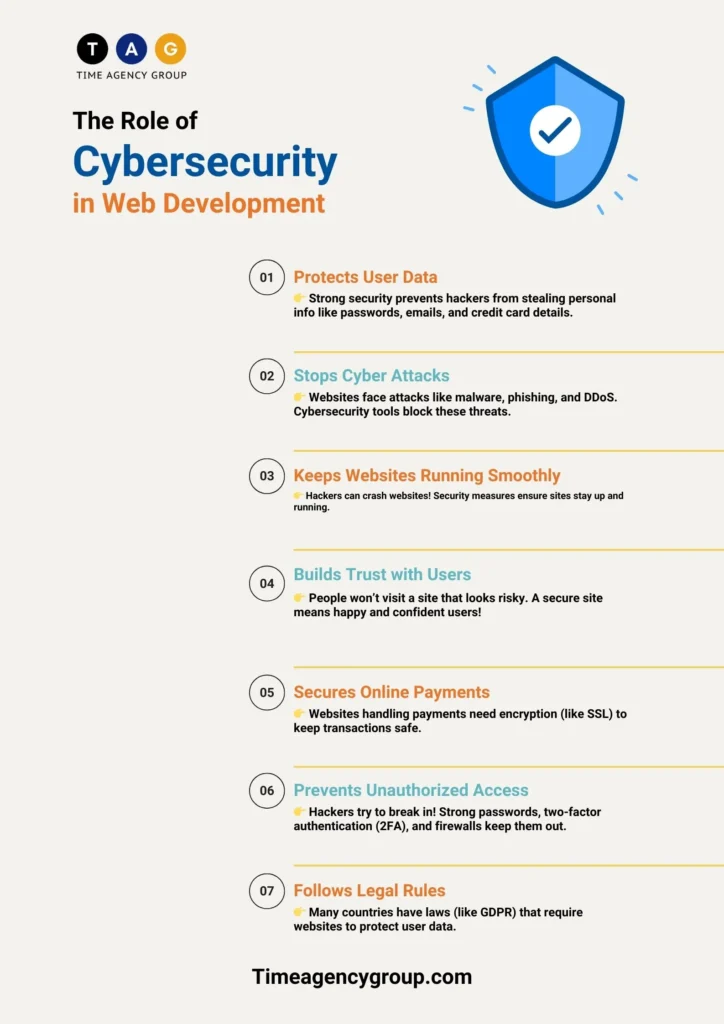These days, websites are a must-have tool for companies, non-profit organizations, and individuals. Nonetheless, technological advancement is not only a big plus for users, but also cyber threats have increased. The perpetrators are constantly searching for holes to get into the system, which can lead to stealing the data, interrupting the services, or damaging a company’s reputation. This is why the role of cybersecurity in web development is such a big deal. In the following blog, we will go into WHY web security is essential, WHAT common threats are, and the best practices to keep your websites safe.
Why Is Cybersecurity Important in Web Development?
Web development refers to creating websites and implementing web applications that users connect to through the internet. A website is one of the most easy targets for hackers if it is not secure. The breakdown of Cyberattacks involves stolen personal data, financial losses, and trust losses from users. Cybersecurity is making sure that sensitive data is not stolen, that the website is functioning properly, and that there is no unauthorized access that are the benefits of keeping were intact.
Common Cybersecurity Threats in Web Development
Here are some of the most common threats web developers need to be aware of:
1. SQL Injection (SQLi): This method is employed by a hacker exploiting the site database to input malicious SQL queries. If a web page has no proper control over user input, the attackers can grab sensitive data like usernames, passwords, and credit card details.
2. Cross-Site Scripting (XSS): A hacker applies XSS through the injection of hostile scripts into the pages that users visit on a website. Those scripts are used for stealing client data, altering website material, or distributing malware.
3. Cross-Site Request Forgery (CSRF): This kind of attack is all about deceiving users to carry out actions that they do not intend to, such as sending money or modifying the account settings. It is based on the confidence a site has in the browser of a user.
4. DDoS (Distributed Denial-of-Service): Attacks DDoS is massive traffic that is directed at a server, thus, the server cannot cope with it and is slowed down or crashed. A large number of botnets being used by hackers is used to send too many packets of data to a site which makes the site’s server overload.
5. Brute Force Attacks: The hackers will get into accounts by guessing passwords via several tries. The weak passwords make it relatively easy for hackers to achieve their goals. 6. Malware and Ransomware It is a malevolent software that can destroy a website or steal data. Ransomware blocks websites’ files and then demands a payment to unlock them.
10 Best Practices for Secure Web Development
Refer to below mention are some of our best 10 practices for secure web development:
1. Use HTTPS
HTTPS (Hypertext Transfer Protocol Secure) is a technology that encrypts the data exchanged between a user’s browser and the website, making it inaccessible to unauthorized people. Always encrypt your website with HTTPS using an SSL certificate.
2. Secure User Authentication
To secure the users’ accounts, you should utilize strong authentication methods besides using the best password hashing methods. Advise users to make their passwords strong and set up device-based or app-based two-factor authentication (2FA), provided with an OTP (one-time-password), which is the last step after entering the password and username.
3. Validate User Input
To avoid direct SQL injection and XSS attacks, make sure you validate and sanitize all inputs received from the user. It guarantees the system from taking in any corrupted information.
4. Keep Software Updated
Old, unpatched software is just a pocket picked by hackers to access sites. Keep the core files of your site, as well as the plugins and framework, up to date regularly.
5. Implement Firewalls and Security Plugins
A firewall made specifically for web applications (WAF) is a unit dedicated to setting incoming traffic from your website right into the packet with your web server. It also protects by examining the system and identifying the risk areas that need to be fixed.
6. Regular Backups
Nowadays, you can make a backup before the attack occurs, rs so no time will be spent on the restoration of your website. While backing them up, make sure it is well kept to avoid losing them and keep them updated.
7. Limit User Permissions
Not every person should have access to the complete back-end of a website. Therefore, be careful about the roles and permissions that you give to users, as these may lead to security issues.
8. Monitor and Test for Vulnerabilities
Daily security measures such as penetration testing and vulnerability scanning are great for detecting your website’s weak points long before the cyber-criminals can.
Conclusion
Internet security in web development is key for safeguarding user data and ensuring the trust is kept. Ensuring secure website development is possible with security measures such as utilizing HTTPS, validating inputs, and regularly updating software. Staying aware of cyber threats and being prepared is, by far, the ideal approach for ensuring websites are secured against hackers.
FAQs
How can I make my website secure?
You can make your website secure by using HTTPS, doing strong authentication, validating user inputs, updating software regularly, using firewalls, and performing regular security tests.
What is the most common cyber threat to websites?
Web security threats can take different forms, but SQL injection and cross-site scripting (XSS) are the most common tactics cybercriminals use to take advantage of vulnerabilities in web applications.
Ensure that cyber threats do not compromise your website by following the best practices recommended by cyber security staffing agencies to maintain a secure online presence.
Infographic







